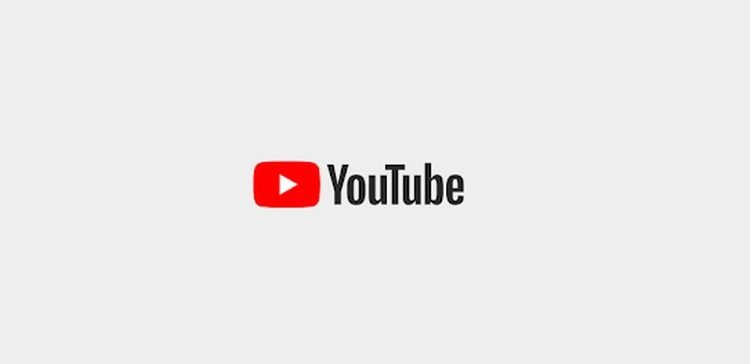YouTube Underlines its Worth for Musicians as TikTok Continues to Rise
As TikTok solidifies its ties to the music industry and becomes an increasingly influential platform for music trends, YouTube has sought to re-emphasize its importance with new insights into the role it plays in promoting musicians and reinforcing their content.
And that role is significant – according to YouTube, the platform has paid over $ 4 billion to the music industry in the last 12 months alone through its various elements that allow musicians to promote and monetize their content directly on the app.
According to YouTube:
“YouTube is the largest stage in the world, and advertisers are eager to capitalize on the deep music engagement that the platform enables. With over 2 billion users watching music videos monthly, YouTube enables advertisers to reach audiences they won’t find anywhere else, we added more paid members in Q1 of ’21 than any other quarter in our history. “
Note: If you were hoping that those constant reminders of signing up for YouTube Premium could eventually go away, these stats suggest that it won’t.
YouTube also notes that oOf the billions generated for artists, songwriters, and rights holders last year, over 30% came from UGC.
“Fan-driven videos have always enjoyed success on YouTube, helping artists grow their audiences and get songs out there around the world. We are pleased that YouTube has now become a meaningful and incremental source of income in addition to premium music content. “
What looks like a reference to TikTok, where its hashtag trends and memes are now fueling huge engagement around the latest tracks.
The message from YouTube in this context seems to be: “We generate real money for artists”. While TikTok is the hottest app in this regard, YouTube says it can help musicians build their business interests rather than just fueling new dance clips.
While the full sales potential of such is of course difficult to quantify, many of the songs that have gained prominence on TikTok have become bestsellers and generated significant revenue for their creators. Even older tracks have seen a resurgence on TikTok trends – Fleetwood Mac’s 1977 “Dreams” made the Billboard Top 100 again last year after a viral clip of a skater hit the street.
Given that, it’s hard to say which music advertising platform is better, YouTube or TikTok, but YouTube says its revenue potential is more direct and quantifiable, something it can tie directly to its tools and processes.
Additionally, YouTube notes that it is working on new offerings for musicians to create more revenue-generating opportunities.
“We continue to innovate with direct-to-fan products such as ticketing, merch, memberships, paid digital goods and virtual ticket events. The paid virtual concert by BLACKPINK – THE SHOW – Sold nearly 280,000 channel memberships in 81 countries and helped the group attract 2.7 million new subscribers to their official artist channel. “
On the one hand, it’s a general update on the advancement of YouTube’s music tools, but in reality it focuses on TikTok and highlights the benefits YouTube has for musicians over the emerging app.
Which is not surprising. YouTube, the clear leader in online videos, is already trying to curb TikTok’s growth with its own replica short video feed, and as TikTok continues to gain momentum, YouTube will continue to focus on keeping it down whenever possible, to ward off potential competition.
Will highlighting sales potential work in this regard? It’s certainly a strong reminder for artists – and for marketers, it also underscores the importance of YouTube in this regard, for appropriate campaigns and public relations.


Comments are closed.